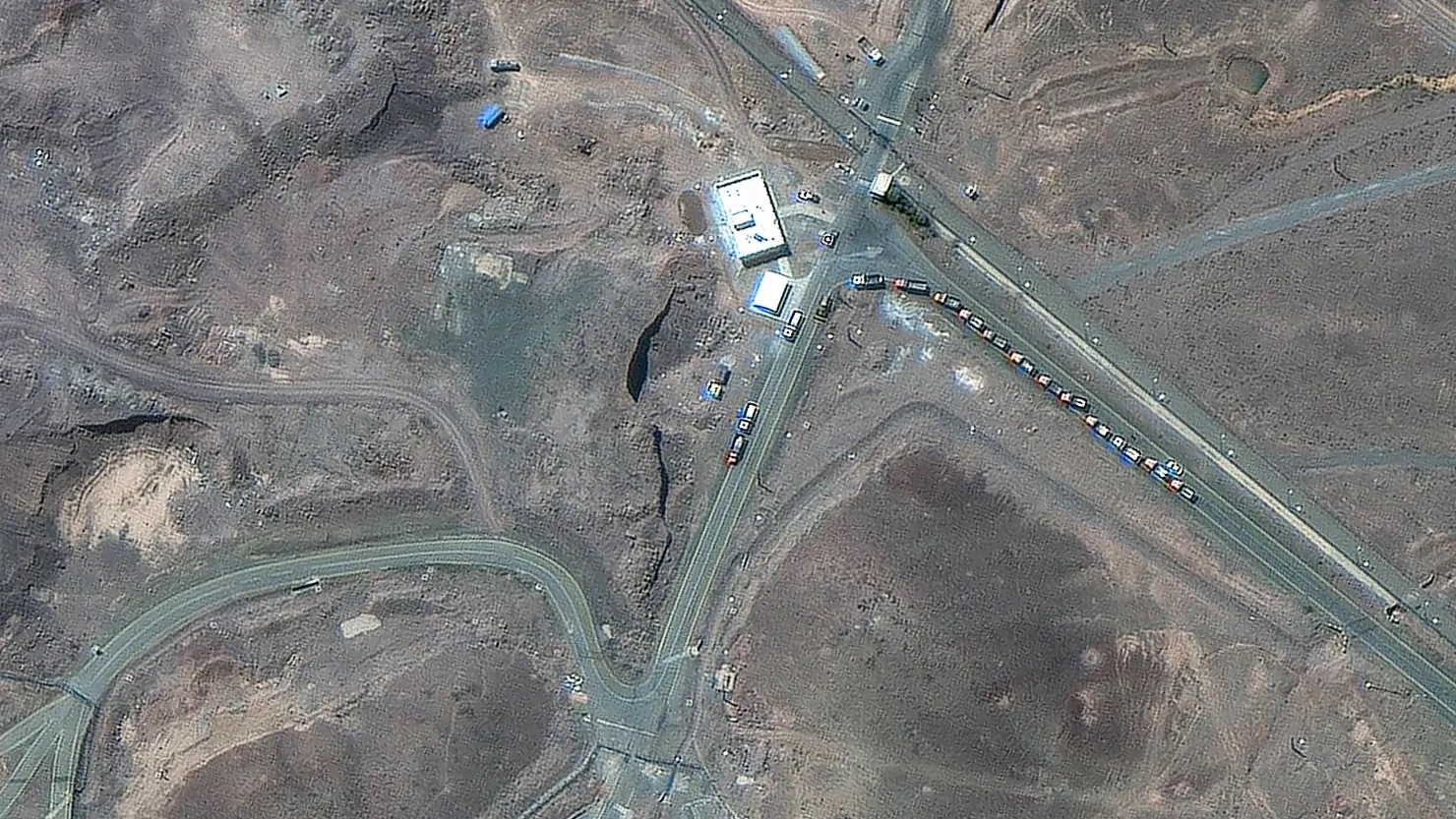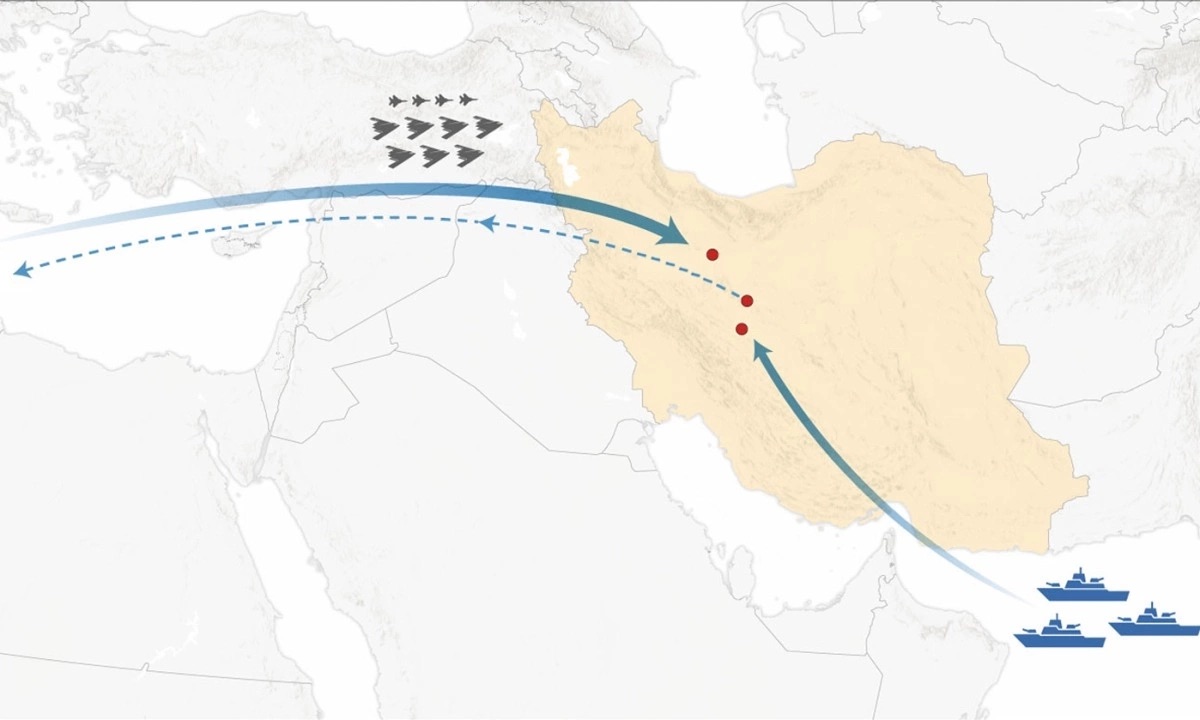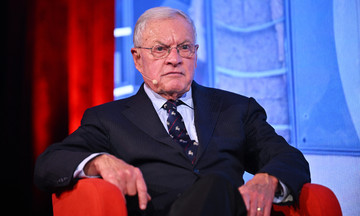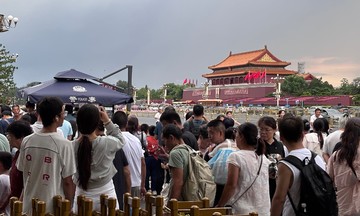White House Press Secretary Karoline Leavitt said on 26/6, "I can say that the US has not seen any indication that Iran's enriched uranium stockpile was moved prior to the attack, as much disinformation is circulating." She was referring to Tehran's reserve of approximately 400 kg of highly enriched uranium.
Leavitt asserted this enriched uranium stockpile "was buried under kilometers of rubble after the successful attacks," referring to the US-led airstrikes in the early morning of 22/6, targeting three nuclear facilities: Fordow, Natanz, and Isfahan.
US President Donald Trump subsequently declared it would take Iran considerable time to remove uranium and equipment from the Fordow nuclear facility, described as a "fortified nuclear fortress" inside a mountain.
"The small cars and trucks seen at the site belonged to workers as they tried to pour concrete to shield the top of the structure. Nothing was taken out of that facility," Trump posted on social media, but did not provide evidence for this claim.
 |
Trucks lined up outside the Fordow nuclear facility a few days before the June 22 airstrike. Photo: *Maxar* |
US Chairman of the Joint Chiefs of Staff Dan Caine said Iran had reinforced the Fordow nuclear facility by pouring concrete into the ventilation shafts. "I won't share the specific dimensions of these concrete caps, but understand that we know about them. The planners had to take this into account. They have calculated every scenario," he said.
US Secretary of Defense Pete Hegseth confirmed the same day that he had "seen no indication" that Iran had evacuated the highly enriched uranium stockpile before the airstrike. "There is no intelligence showing that anything was moved from there," he said.
Some experts had suggested the possibility that Iran moved its stockpile of 60%-enriched uranium from Fordow and might be hiding it in secret locations. They noted commercial satellite images showed "unusual activity" at Fordow on 19/6-20/6, with long lines of vehicles waiting outside the entrance.
A senior Iranian source told *Reuters* that most of the 60%-enriched uranium was transferred to a secret location before the attack. *Financial Times*, citing European intelligence assessments, reported that Iran's uranium stockpile "remains intact."
 |
Flight path of the B-2 bombers that attacked Iran. Click on the image for details. |
However, Secretary Hegseth considered these assessments to have low credibility, citing comments by CIA Director John Ratcliffe that Iran's nuclear program had been severely damaged and would take years to rebuild.
In the early morning of 22/6, the US intervened in the Iran-Israel conflict, directing forces to attack three Iranian nuclear facilities and then urging Tehran to negotiate. President Trump announced a day later that Iran and Israel had agreed to a comprehensive ceasefire. Both Iran and Israel accepted the ceasefire on 24/6, each portraying themselves as the victor.
US and Israeli officials have repeatedly asserted that the conflict dealt a significant blow to Iran's nuclear program, with some suggesting that Tehran's "plan to build an atomic bomb" would be delayed by at least a few years. However, US media, citing preliminary intelligence reports, indicated that Washington's operation only set Tehran back "a few months" in its nuclear program.
Thuy Lam (*Reuters, AFP*)












